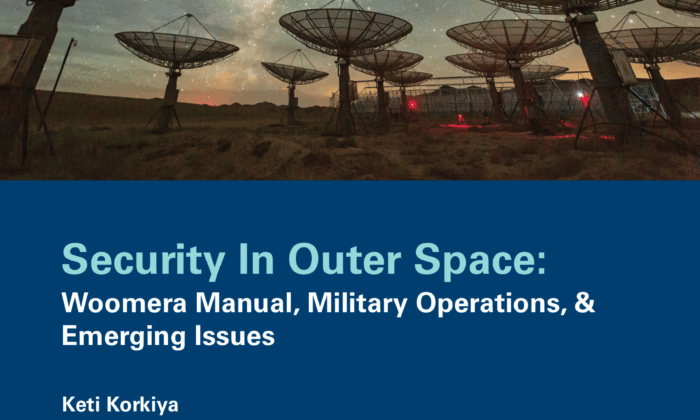Editors: Finkelstein, Claire Oakes, editor.; Fuller, Christopher J., editor.; Ohlin, Jens David, editor.; Regan, Milton C., Jr.
“The threat posed by the recent rise of transnational non-state armed groups does not fit easily within either of the two basic paradigms for state responses to violence. The crime paradigm focuses on the interception of demonstrable immediate threats to the safety of others. Its aim is to protect specific persons and members of the general public from violence by identifiable individuals, who may be acting alone or in concert. In pursuit of this aim, the state uses police operations and the criminal justice system. Both of these tools are governed by human rights principles that significantly constrain state power. A state may not restrict liberty unless it has demonstrable evidence that an individual may pose a danger to others. It may not use force if other means will be effective to stop a threat. If using force is unavoidable, it must be the minimum amount necessary. Furthermore, a state generally may not take life unless no other measure will intercept an immediate threat to life”– Provided by publisher.
“The threat posed by the recent rise of transnational non-state armed groups fits uneasily within either of the two basic paradigms for state responses to violence. The civilian paradigm focuses on the interception of demonstrable immediate threats to the safety of others. The military paradigm focuses on threats posed by collective actors who pose a danger to the state’s ability to maintain basic social order and, at times, the very existence of the state. While the United States has responded to the threat posed by non-state armed groups by using tools from both paradigms, it has placed substantially more emphasis on the military paradigm than have other states. While several factors may contribute to this approach, one may be the assumption that states must choose between the two foregoing paradigms, and that therefore the only alternative to the civilian paradigm is an unqualified military approach. The chapters in this book suggest, however, that the options for addressing the threat posed by non-state violent actors need not be confined to this binary choice. Instead, it may be helpful to consider borrowing elements from each paradigm on some occasions to act more expansively than the conventional civilian paradigm allows, but less expansively than the conventional military paradigm would permit. At the same time, the mixing of the categories comes with its own ethical and legal risks that should be scrutinized. The present volume seeks to contribute to this enterprise” –Book Jacket.



